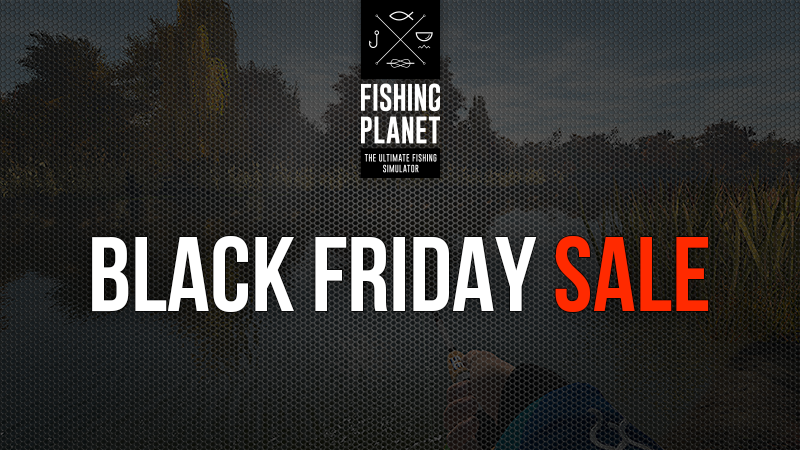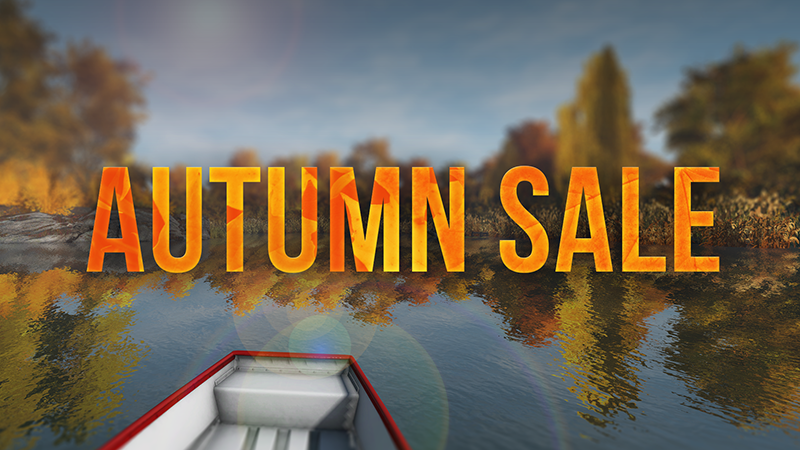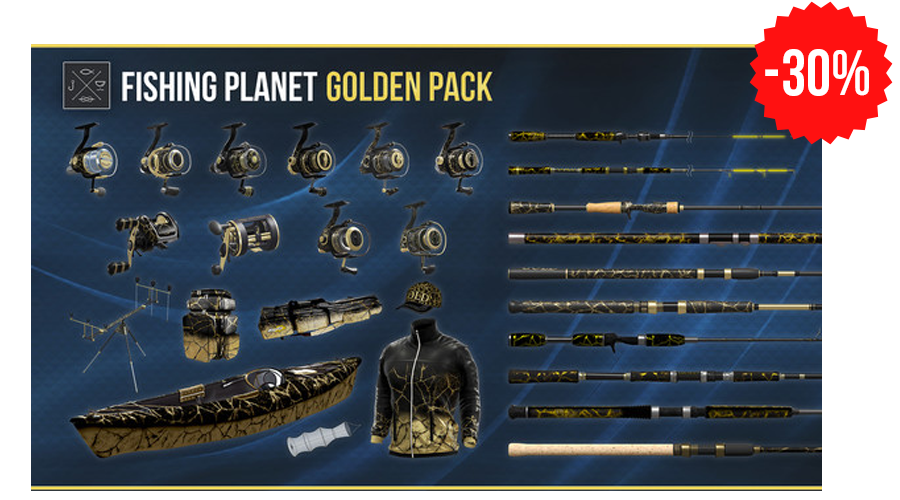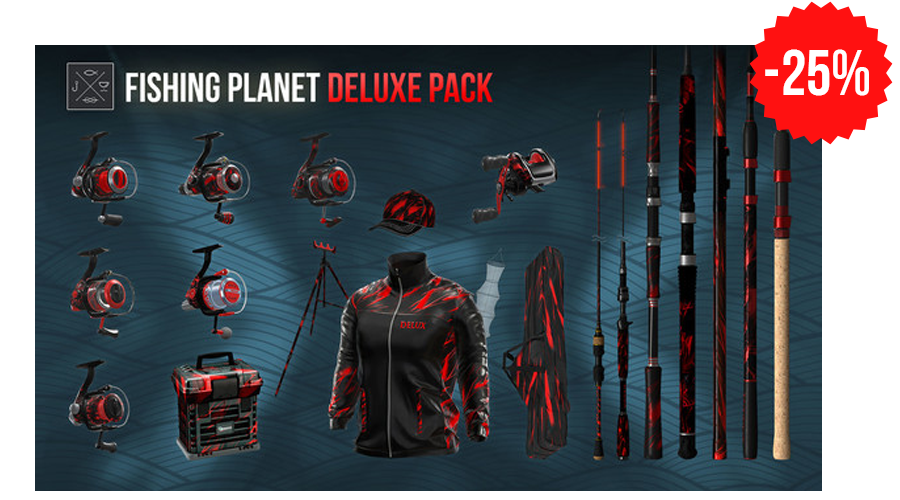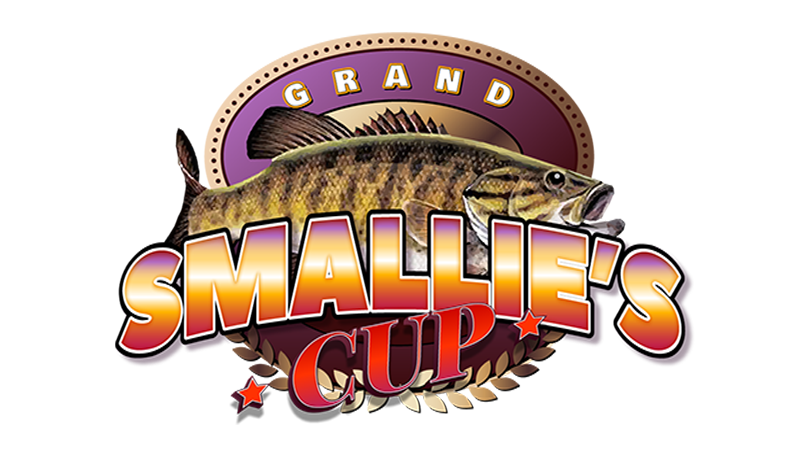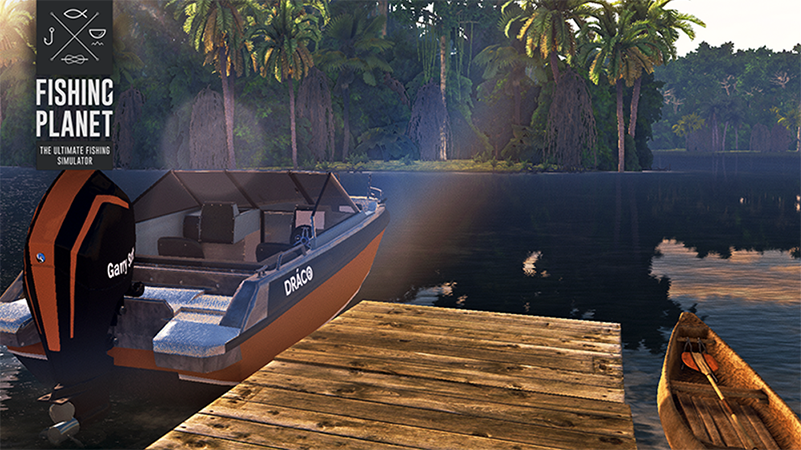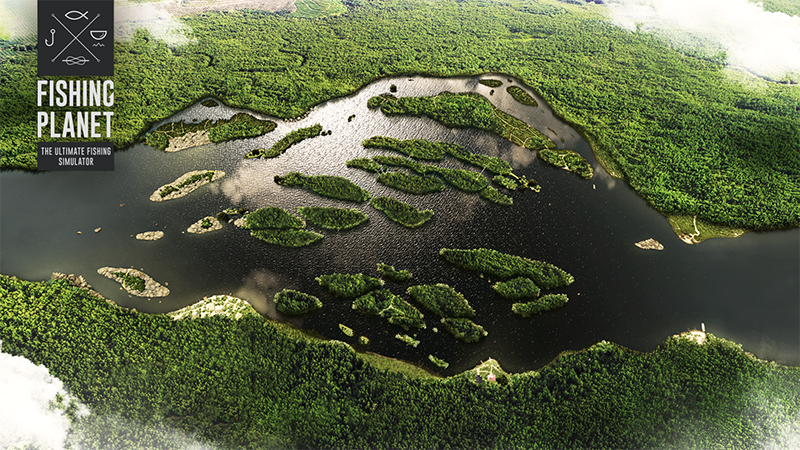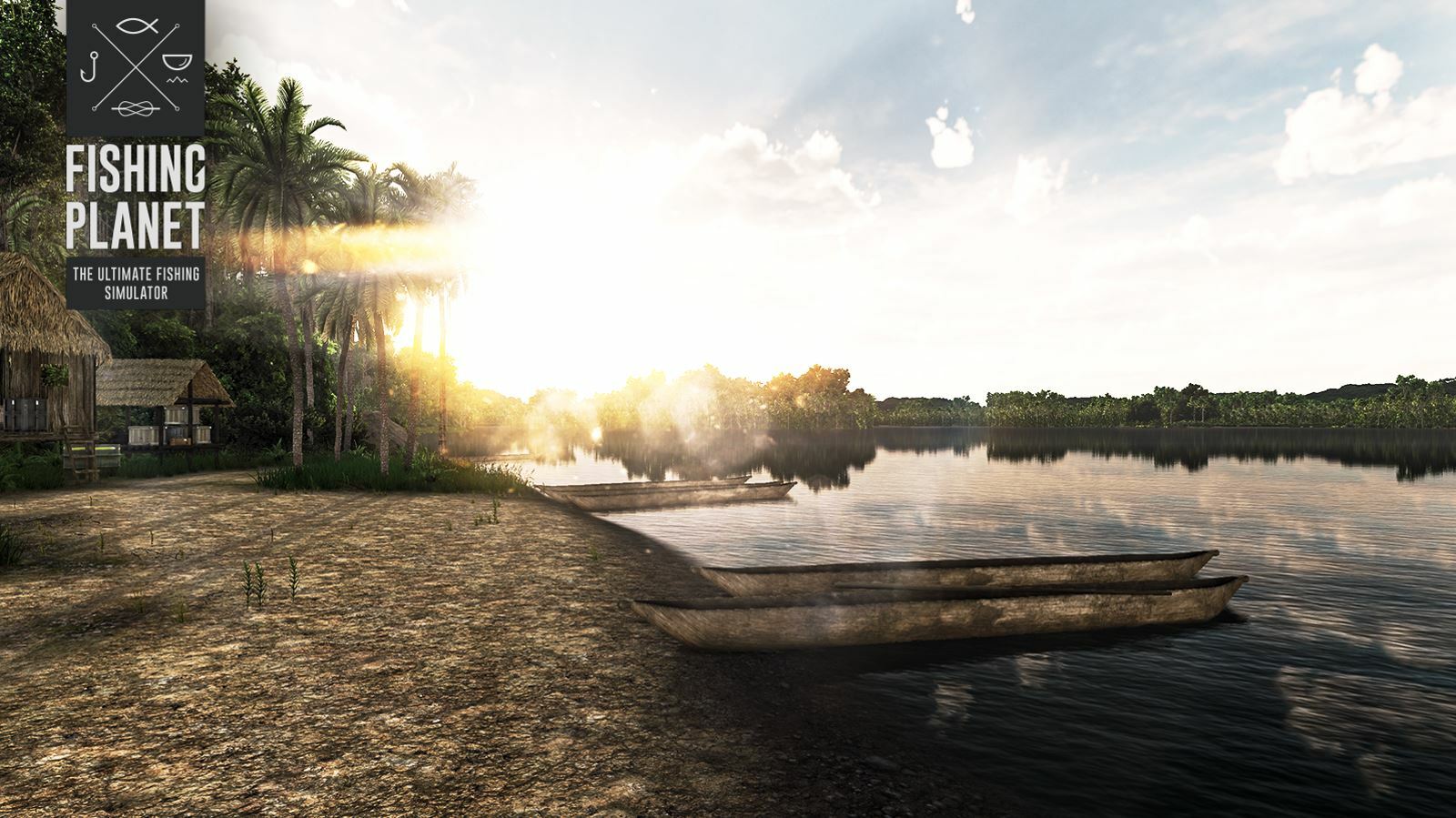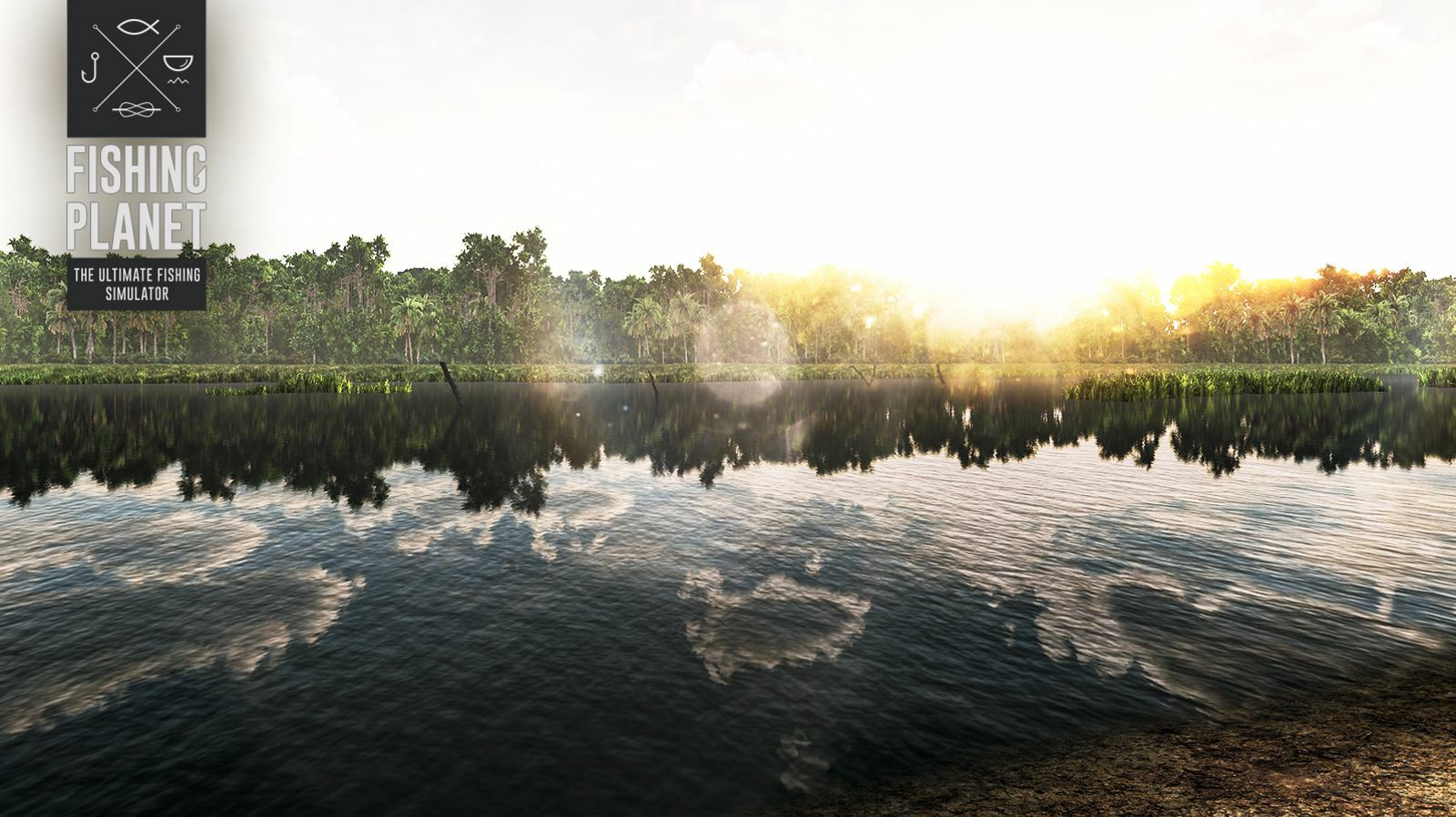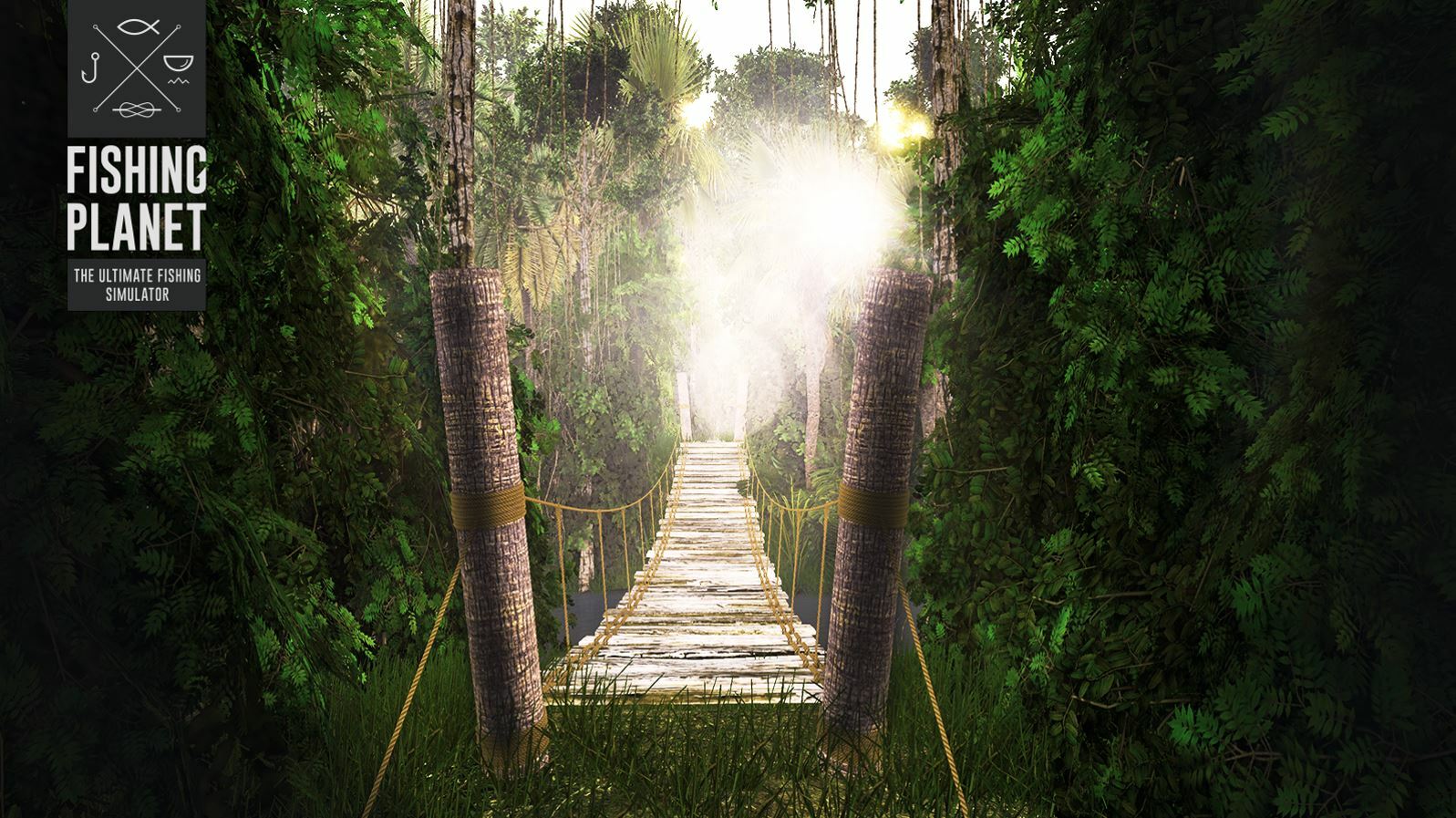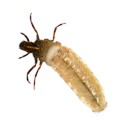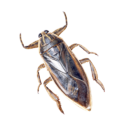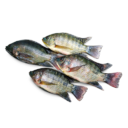
Nov 30, 2021
Fishing Planet - Dennis_FP

Hi, Anglers!
We are happy to present you with a detailed guide to all the unique fish that you can find on the Congo River!
Local fishing spots are astonishingly varied. Deep mainstream watercourses are as common as wide swampy shoals, while heavily wooded banks give place to barren and rocky ones. In these generous waters, one can hunt for the enormous Nile Perch, aggressive Tigerfish, large African catfish species, and other fish of the most bizarre shapes and colors.
At this colorful location, you will have a possibility to fish for the record amount of unique fish presented on one waterway!
Big African Predators
Preferred Lures:Jerkbaits, Minnnows, Flat Spoons
Preferred Baits:
Small Tilapia, Large Minnows
Goliath Tigerfish
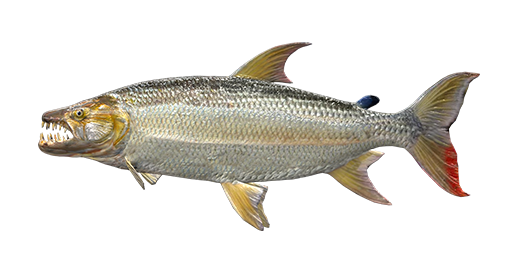
The Goliath Tigerfish (Hydrocynus goliath) is the largest of Tigerfish species, all of which are vicious predators boasting prominent dagger-like teeth. It tends to wait in ambush behind underwater boulders in places with reverse flow near rapids and quickwaters. This fish enjoys excellent eyesight and can feel low-frequency vibrations emitted by its prey. It is strong enough to attack a 30-kg (66 lb) catfish and literally cut it in half.
The Goliath Tigerfish is also incredibly large: the largest recorded specimen was almost 2 m (6 feat) long and weighed more than 50 kg (110 lb)! It’s not easy to catch it, but it’s possible if you have reliable equipment, a sharp hook, and the ability to stay alert for a long time.
African Tigerfish
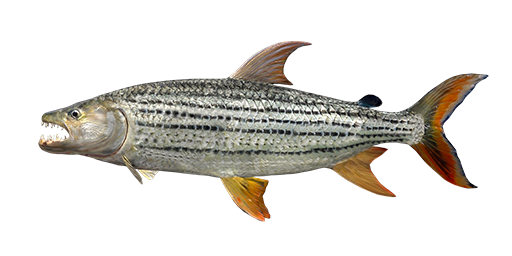
The African Tigerfish (Hydrocynus vittatus) is a large, greedy, and aggressive predator, sporting razor-sharp teeth, muscular body, and characteristic tiger-stripes. This fish can hunt at all depths, usually in places with a strong current, keeping closer to the surface during the day and staying at the bottom at night. When being reeled in, the Tigerfish (one of the fastest fish species on the planet) is extremely feisty, often jumps out of the water, and can easily cut the leader! It feeds on most small fish species and can weigh over 25 kg (55 lb).
Nile Perch
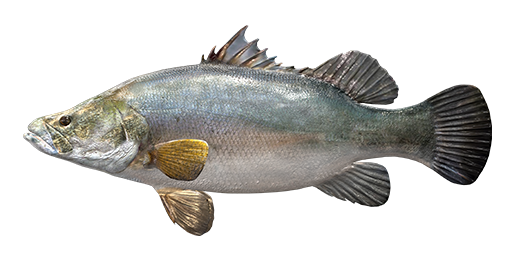
Nile Perch (Lates niloticus) is a powerful predator inhabiting the waters of Africa. These fish can dwell at a wide variety of depths, but adults stay mainly in deep places. It prefers streaming water and is most often found in places with a rocky bottom near waterfalls. It avoids shallow overgrown areas. The Nile Perch feeds both during the day and at night. When being reeled in, it tends to jump out of the water.
It feeds mainly on other fish, while small specimens also eat crustaceans and insects. As one of the largest freshwater fish, it can grow to be almost 2 m (6.5 feats) long and weigh up to 200 kg (441 lb)!
African Predators
Preferred Lures:Narrow Spoons, Flat Spoons, Grubs
Preferred Baits:
Small Minnows, Shiners
Cornish Jack
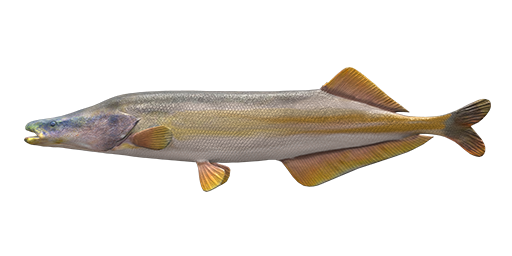
Cornish Jack (Mormyrops anguilloides) is a nocturnal schooling predator. Adults prefer deep and calm waters and tend to stay near boulders and other underwater barriers. A distinctive feature of this fish is its ability to generate a weak electrical discharge for the purpose of navigation, communication, and searching for prey. Its diet is predominantly fish and sometimes crustaceans. At night, these fish go hunting in small schools near rocky areas of the bottom about 20 m (65 feats) from their daytime dwelling spots. Although this is a nocturnal fish, you can successfully land one at sunrise and sunset. The Cornish Jack grows up to be 150 cm (60 inches) in length and weighs up to 15 kg (33 lb)!
African Pike
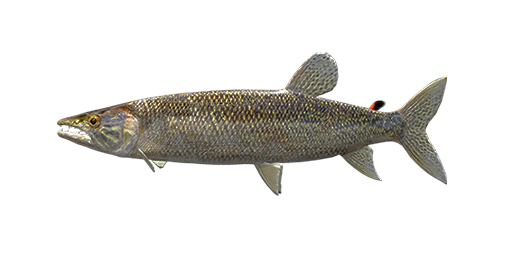
African Pike (Hepsetus odoe) is a small predator that feeds mainly on small fish. This nimble hunter prefers clean and well-oxygenated water. These pikes choose shallow, calm places with dense underwater or floating vegetation, from the cover of which they wait patiently and imperceptibly for an opportunity to attack their prey. The African Pike is mostly diurnal. Although the fish rarely weighs more than 1 kg (2 lb), catching it can be quite fun.
Big African Catfish
Preferred Baits:Small Tilapia, Large Minnows, Buffalo Kidney, Large Liver, Canned Meat, African Giant Water Bug
African Sharptooth Catfish
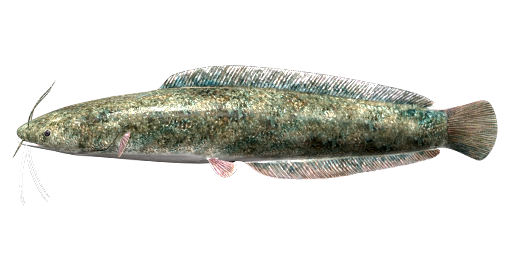
African Sharptooth Catfish (Clarias gariepinus) is one of the largest representatives of its genus inhabiting this latitude. It prefers deep areas with a slow or medium current and a rocky or sandy bottom. Thanks to its large mouth this predator can swallow large prey whole. Its maximum length can reach 170 cm (67 inches), with its weight measuring up to 60 kg (132 lb)! What is particular about the African Sharptooth Catfish is its ability to breathe atmospheric air. It can also sometimes make sounds similar to loud croaking.
The African Sharptooth Catfish is omnivorous and most active at night. It feeds on water beetles, mollusks, fish, vegetation, and even organic waste.
Vundu Catfish
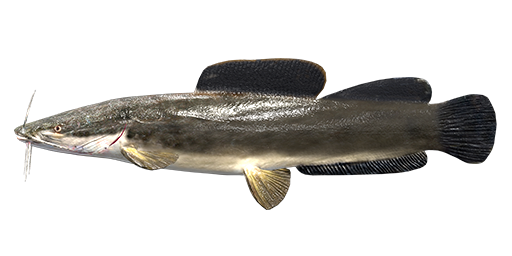
Vundu Catfish (Heterobranchus longifilis) is a large catfish inhabiting the south of Africa. Its size makes it an impressive catch for sport fishing enthusiasts! Not many other catfish species have such large second dorsal fins or long barbels. This one prefers staying 3 to 9 m deep. Just like the African Sharptooth Catfish, this one is omnivorous and can breathe atmospheric air. Boasting significant strengths and endurance, it can reach up to 150 cm (60 includes) in length and weigh over 50 kg (110 lb), so make sure to use particularly sturdy tackle! The Vundu Catfish enjoys deep waters, but it tends to approach the shore during the night to feed on other fish, small vertebrae, and viscera.
Kamba Catfish
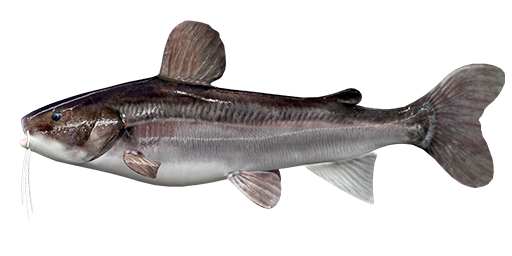
Kamba Catfish (Chrysichthys cranchii) is the largest African catfish. It has a moderately oblong body and four pairs of barbels, and its dorsal and pectoral fins boast sharp barbs. This fish has a varied diet: it can feast on anything from aquatic vegetation and insects to snails, prawns, crawfish, and fish. To catch an adult Kamba Catfish, we recommend choosing powerful tackle, since its weight can reach about 130 kg (286 lb)!
Small African Catfish
Preferred Baits:Freshwater Prawns, Night Crawlers, Bloodworms, Leeches, Caddis Larva
Giraffe Catfish
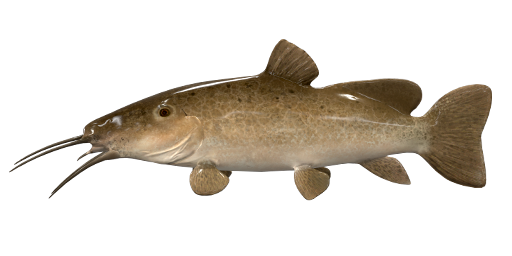
Giraffe Catfish (Auchenoglanis occidentalis) is a small catfish species inhabiting most areas in West and Central Africa. It prefers to stay in shallow and calm parts of rivers and lakes. It is active at night as well as during the day. Its body is covered with a characteristic pattern, lending it the name ‘Giraffe Catfish’. It can reach 70 cm (27 inches) in size and weigh up to 10 kg (22 lb).
These omnivorous catfish feed in small groups, usually on vegetation they find on the bottom, sifting through sand or mud with their large barbels. Their regular diet also includes seeds, larvae, worms, and small fish.
African Big Eye Catfish
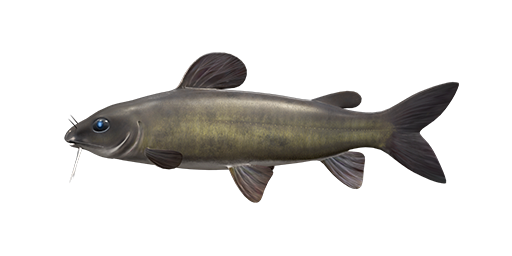
African Big Eye Catfish (Chrysichthys longipinnis) is a small representative of its genus that prefers to inhabit shallow stretches with a rocky and sandy bottom. That’s why it can seldom be seen in waters deeper than 4–5 m (13-16 feats). The African Big Eye Catfish is most active at night, choosing to spend the daytime under the bottom rocks. It mainly feeds on worms and other small invertebrates, while larger
specimens might also hunt for small fry.
African Panfish
Preferred Baits:Bloodworms, Pinkies, Caddis Larva, Sweet Corn, Pea dough, Banana Bread
Rednose Labeo
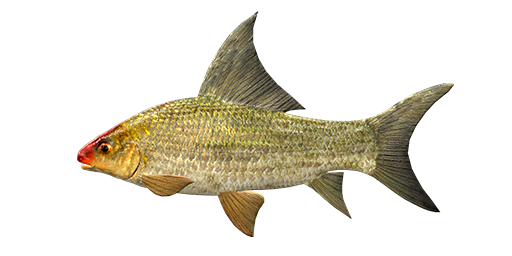
Rednose Labeo (Labeo altivelis) is a bottom-dwelling omnivorous fish of the carp family. It can be found in shallow areas, but mainly inhabits deep waters. It is active both during the day and at night. This fish feeds in schools across various types of bottom, from muddy to rocky. Rednose Lobeo eats algae, worms, small crustaceans, and mollusks, which it collects from the bottom.
Purple Labeo
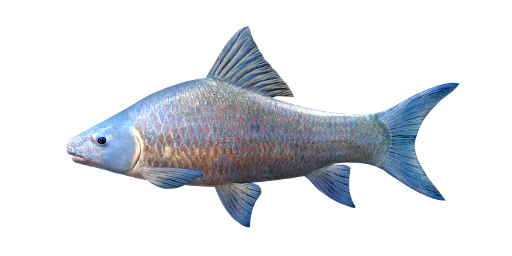
Purple Labeo (Labeo congoro) is a relatively large bottom-dwelling omnivorous African fish of the carp family. It tends to stay in warm rocky areas of large rivers. It can also be found in fairly strong currents.
Purple Labeo can reach 42 cm (16 inches) in length and almost 5 kg (11 lb) in weight. It feeds on algae and other organisms, scrubbing them off boulders and other hard surfaces. A distinctive feature of this fish’s behavior is school feeding off the backs of hippos, where the Labeos pluck algae and peeled skin from the animals.
Banded Tilapia
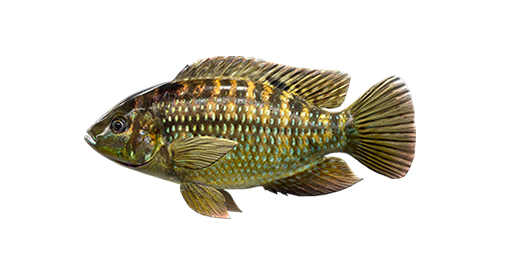
Banded Tilapia (Tilapia sparrmanii) is a small schooling diurnal fish. It can live in a wide variety of conditions, but prefers shallow, overgrown places with relatively cool water. The fish is omnivorous and not picky. It can feed on invertebrates, but the basis of its diet is plant food: algae, leaves and stems that have fallen into the water. It can reach over 20 cm (8 inches) in length and about 500 g (1 lb) in weight.
Nile Tilapia
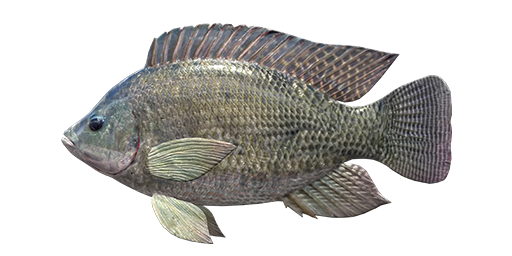
Nile Tilapia (Oreochromis niloticus) is a large herbivorous schooling fish that can be found in a variety of conditions and reservoirs. Generally, it prefers shallow places and warm water. This fish can reach 60 cm (24 inches) in length and about 5 kg (11 lb) in weight. Nile Tilapia feeds mainly in the daytime, eating detritus, larvae, mollusks, and fish eggs in all layers of the water.
Weird African Fish
Preferred Baits:Wax Worms, Caster Maggots, Bloodworms, Caddis Larva, Centipedes
Bulldog Fish
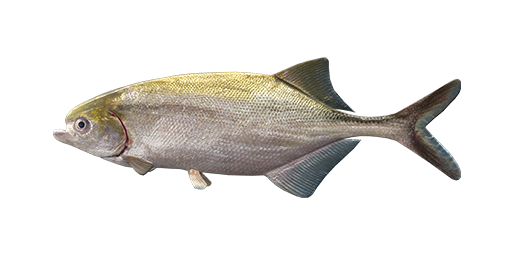
Bulldog Fish (Marcusenius macrolepidotus) is a small bottom-dwelling schooling fish that inhabits overgrown, muddy areas of waterways. This peculiar fish got its name due to its extended lower jaw, which resembles that of a bulldog. It uses its own electric field generated by its muscles to orient itself in space, search for food, and detect predators. It is active both during the day and at night. It feeds mainly from the bottom, picking up various invertebrates, as well as larvae and pupae of small insects.
Elephant Fish
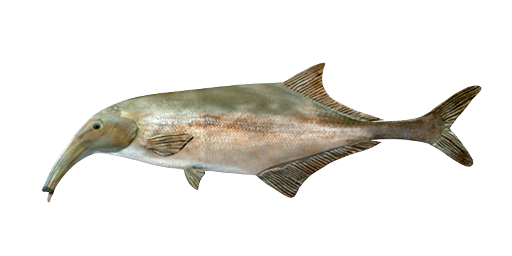
Elephant Fish (Campylomormyrus spp.) is a medium-sized bottom-dwelling schooling fish with a characteristic appearance. It got its name from its elongated mouth that looks like the trunk of an elephant. The fish can perceive movement and weak electric fields with its help, allowing it to detect prey. It can weigh more than 2 kg (4.5 lb). This fish prefers to keep close to rapids and sections of rivers with rocky bottom. This is mostly a nocturnal fish, also active at sunrise and sunset.
Congo Yellowfish
Preferred Lures:Nano Spinners, Larvae, Worms, Slugs
Preferred Baits:
Night Crawlers, Dragonflies, Caddis Larva, Sweet Corn
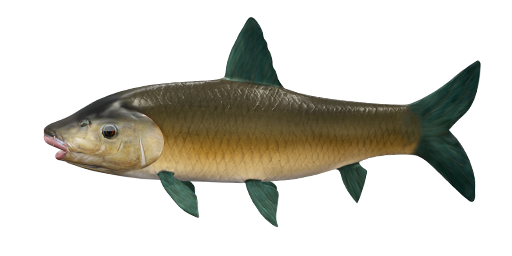
Congo Yellowfish (Labeobarbus stappersii) is a large omnivorous schooling bottom-dwelling fish. It prefers deep places with a slow current and areas near the water edge bordering on coastal forests.
Apart from its impressive size, this fish is also exceptionally strong and very feisty when being reeled in, which makes it a desirable trophy. It eats everything from plankton to small fish, but the basis of its diet is insect larvae and other small invertebrates, which the Congo Yellowfish often digs out from under rocks. This fish is active both during the day and at night. Under favorable conditions, its weight can reach over 9 kg (2 lb).






